Search
Search Results
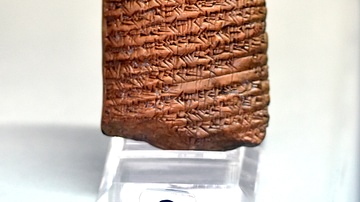
Image
Geometric-Algebraic Theory Clay Tablet from Tell al-Dhabba'i
This clay tablet narrates a geometric-algebraic theory of how to make a solution for a mathematical problem. The conclusion applies a theory very similar to the Pythagorean theorem. From Tell Tell al-Dhabba'i, Iraq. Old-Babylonian period...
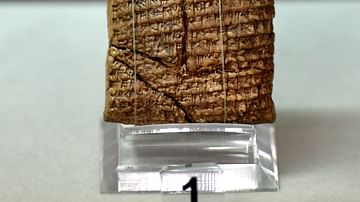
Image
Geometric-Algebraic Theory Clay Tablet from Tell Harmal
This clay tablet narrates a geometric-algebraic theory of angles and triangles, similar to to the theory of Euclid of Alexandria, the father of geometry (lived c. 300 BCE). From Tell Harmal (ancient Shaduppum), Iraq. Old-Babylonian period...
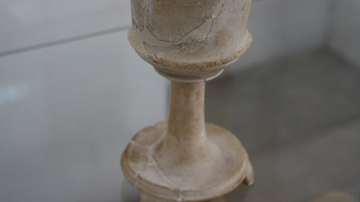
Image
Geometric Cycladic Vase
A geometric Cycladic vase. Stone, Naxos, 9th-8th century BCE. (Mykonos Archaeological Museum)
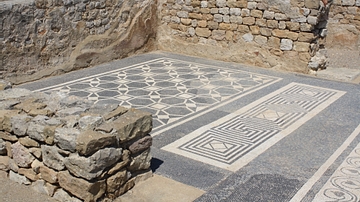
Image
Geometric Mosaic Flooring, Empuries
A mosaic flooring in situ at Empuries (Emporiae), Spain. From a Roman house (domus), 1st century BCE - 1st century CE.
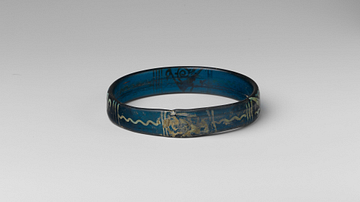
Image
Byzantine Bracelet with Birds and Geometric Patterns
Created sometime between 1100-1400 CE, this Byzantine bracelet is made of glass and a silver stain. It measures 7.5 x 1.4 x 0.4 cm. (Metropolitan Museum of Art, New York)
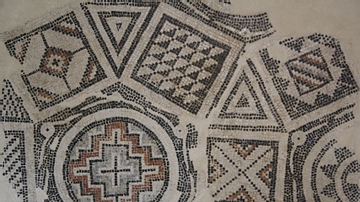
Image
Roman Geometric Floor Mosaic
A Roman floor mosaic with geometrical designs. From Como, 5th-6th century CE. (Archaeological Museum of Como, Italy)
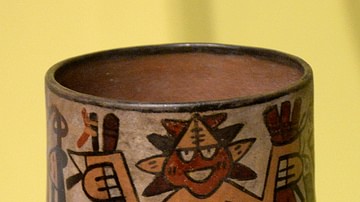
Article
Nazca Pottery
The pottery of the Nazca civilization, which flourished in ancient Peru between 200 BCE and 600 CE, is amongst the most distinctive art produced by any civilization from antiquity. Endlessly inventive both in form and in its use of strong...
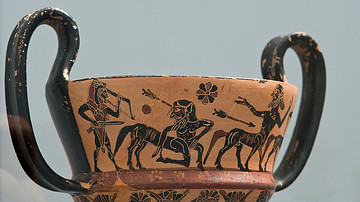
Collection
Pottery Through History
Pottery is the great survivor of history. Pottery vessels have rarely ever attracted tomb robbers and the material can not be reused like bronze or gold. Even if smashed to pieces, pots can be painstakingly put back together again and clay...
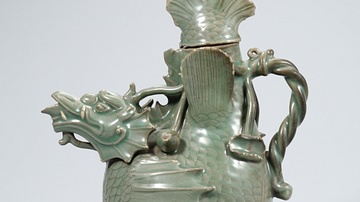
Article
Korean Celadon Pottery
The celadon (or greenware) ceramics produced in ancient Korea during the Goryeo Dynasty (918-1392 CE), are regarded as some of the finest and most elegant pottery pieces produced anywhere. With a pale green lustre reminiscent of jade and...

Video
Ancient Greek Pottery: History, Development and Designs
Ancient Greek pottery was for practical use, so once physical shapes of different types of pottery had been perfected for a particular purpose, the shape was maintained and copied. Greek pottery was crafted in a bunch of different shapes...